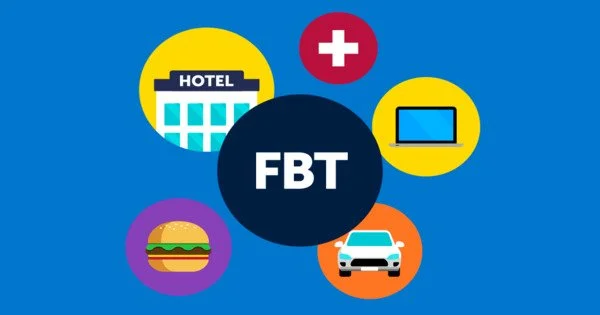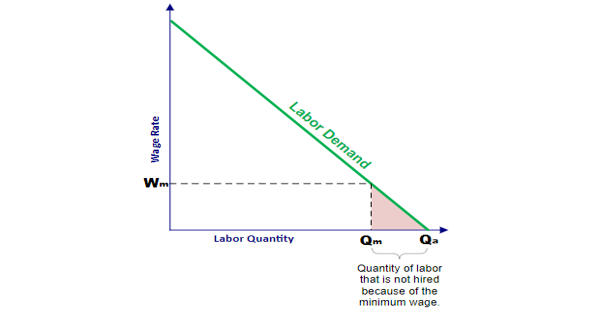Fringe Benefits Tax (FBT) is a tax imposed by the government on certain benefits that employers provide to their employees, in addition to their regular salary or wages. These benefits can include things like company cars, health insurance, gym memberships, and entertainment expenses. It is taxation of most, but not all fringe benefits, which are generally non-cash employee benefits. The rationale behind FBT is that it helps restore equity and fairness to those employees who do not receive such benefits, and allows a Federal Government to more fairly assess taxpayer entitlement to government benefits or liability to government taxes or levies.
The purpose of the FBT is to ensure that employees are paying tax on the total value of the benefits they receive from their employer, rather than just on their salary or wages. The tax rate for FBT is currently set at 47%, which is significantly higher than the tax rate for personal income tax. It’s important for employers to understand their FBT obligations and ensure that they are complying with the relevant laws and regulations. FBT can be a complex area, and it’s often a good idea to seek professional advice from a tax accountant or other financial expert.
Employers are responsible for calculating and paying the FBT, and they are required to keep accurate records of all the benefits they provide to their employees. The FBT year runs from 1 April to 31 March, and employers must lodge an FBT return by 21 May each year.
It’s important for employers to be aware of their FBT obligations, as failing to comply with the rules can result in penalties and fines. Additionally, employees may be subject to additional tax if they receive benefits that are not properly reported to the tax authorities.
Companies provide some fringe benefits to all employees and some only to executives for work-related expenses. Others may also be extended in order to improve overall job satisfaction. Telephone reimbursements, employer contributions to superannuation funds, and access to creche services are all common fringe benefits. Tuition assistance, health insurance, childcare reimbursements, subsidized cafeteria, free bus service for commuting, employee discounts, and employee stock options could also be included.
















